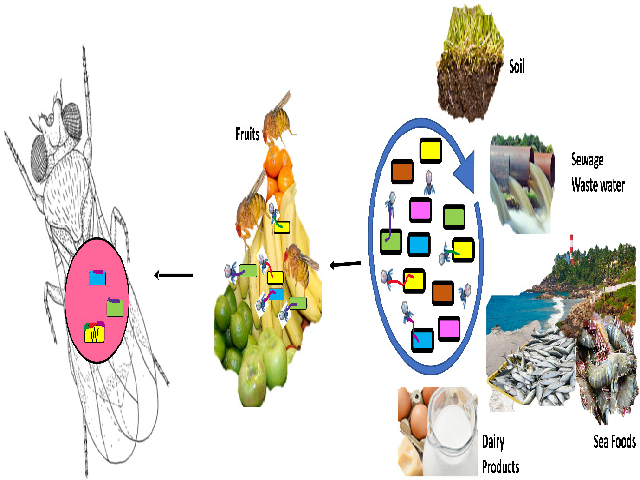Phage Diversity within Wolbachia Genomes of Drosophila Host
DOI:
https://doi.org/10.5530/ctbp.2022.3.47Keywords:
Drosophila, Wolbachia genome, Bacteriophage, Horizontal gene transferAbstract
<p style="text-align: justify;">The present work aims the detection of different phage across seven whole genome assemblies of the endosymbiont <em>Wolbachia</em> of<em> Drosophila </em>host from different eco-geographic regions of Asia (India), USA(Maryland) and Europe (Sweden). Multiple phage (putative) specific to different bacterial species were identified in these <em>Wolbachia</em> genomes using computational tool highlighting towards possible phage transmission through horizontal gene transfer. Although, the bacterial species have specific defence mechanism in them to stop invading the phage genome, at the same time they do facilitate their replication, thus, it is left unclear about the mechanism of host-phage interplay. Bacteria-phage interactions influence the gene and genome organization, ecology and evolution of microbial community, however, their contribution to the eukaryotic genome evolution through obligatory bacteria and bacteriophages cannot be ignored. As per our knowledge, it’s the first study which reports the presence of multiple phage other than WO phage in <em>Wolbachia</em> strains from two different Drosophila host species. The results reveal the nature of phage to be more source specific than species specific.</p>



